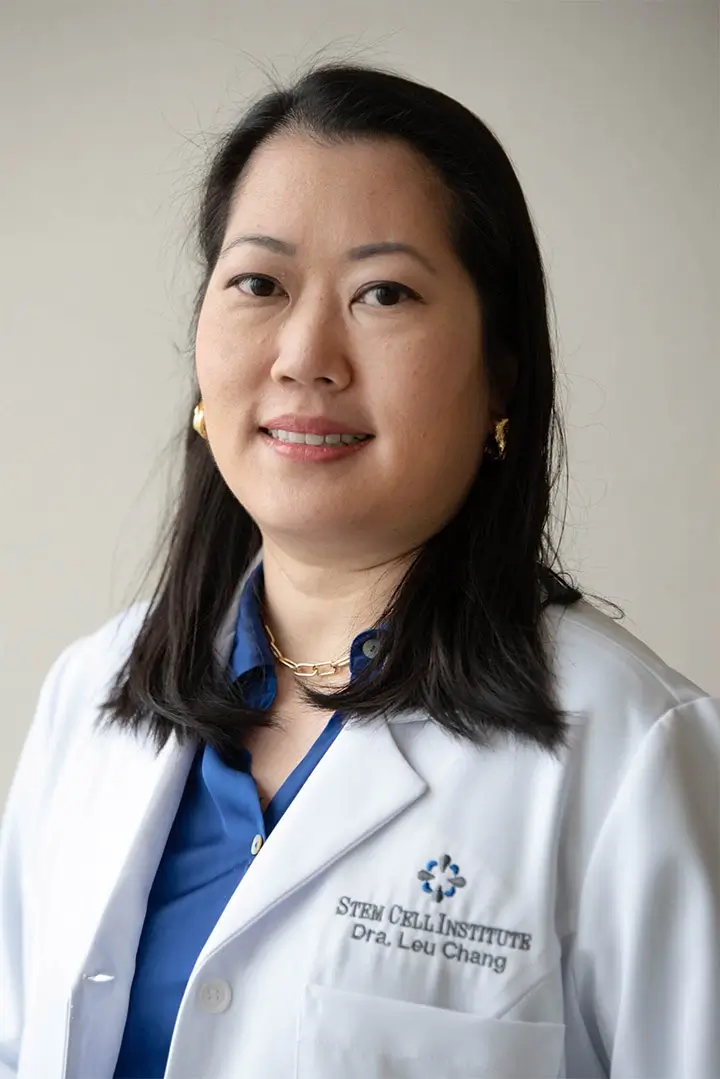By Regina Sass, University of California – San Diego Medical Center
With the potential to have great impact on individuals who suffer from Myasthenia Gravis, an extremely rare bone marrow transplant has been performed by doctors at The Bone Marrow Transplant Program at University of California, San Diego Medical Center. This is the first time the operation has been attempted by any hospital in the western part of the United States.
The patient’s own immune system views itself as a foreign body and attacks itself in the case of Myasthenia Gravis. Of all the neuromuscular autoimmune diseases, it is one of the most rare. Making it impossible for the muscles to contract, the condition interrupts the normal transmission of nerve impulses to the muscles. Additionally, the muscles that control breathing can’t work right when the nerve impulses do not work right.
The Myasthenia Gravis Foundation of America believes the condition is very much under diagnosed and there are many individuals who do not know they have it opposing the statistics that state that 20 out of every 100,000 Americans have been diagnosed with MG.
The procedure gives patients purified blood forming stem cells after their existing stem cells are destroyed by chemotherapy. The immune system regains cells that do not attack the body after the modified transplant stem cells build new bone marrow, correct signaling pattern to the immune system.
Three prior procedures have been performed at the Northwestern University Hospital in Chicago. Dr. Martin Glasser, M.D., was the patient treated at UC-San Diego, marking the 4th procedure of this kind ever performed in history. At UCSD Medical Center, he has been receiving plasmapheresis treatments. Kidney failure patients go through a dialysis procedure, and plasmapheresis is similar. Over a short period of time, it can deliver benefit.
His bone marrow had to be obliterated in order to get him ready for the transplant. Most of the T cells in his body had to be destroyed. The theory is that new stem cells will not get the message to attack if the T cells are destroyed before the new stem cells are introduced. The immune system is renewed as the transplanted stem cells build new bone marrow.
8 million pure stem cells were yielded after 16 million cells were initially harvested and processed through a special filtering device. The stem cells have the best chance to produce a line of healthy blood cells when they are at this very early stage in their development. To protect against infection, patients are required to take antibiotics after the transplant is completed. Until the immune system is considered to be completely recovered, patients must maintain a strict diet and stay away from large crowds of people to avoid possible infection and illness. 3 months is the average amount of time predicted for this post transplant protocol.
Some tissue repair maybe happening to Dr. Glasser according to doctors. Feeling has returned to his feet following the transplant where he previously had no sensation.
The team who performed the operation was Ewa Carrier, M.D., Arnold Gass, M.D., professor of medicine at Veterans Affairs San Diego Healthcare System, Geoffrey Sheehan, M.D., UCSD professor of neurosciences and myasthenia gravis specialist and David Ward, M.D., UCSD professor of medicine and Apheresis program founder.

